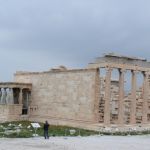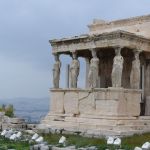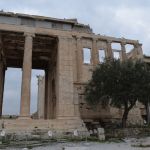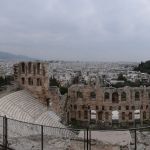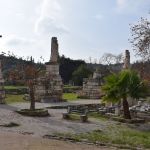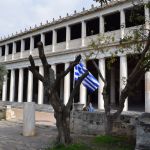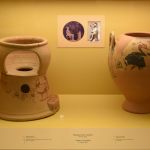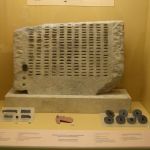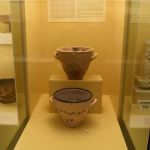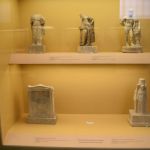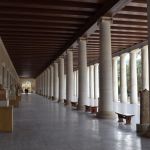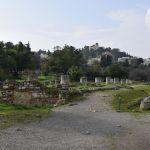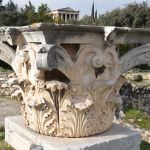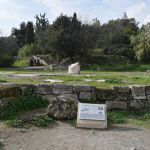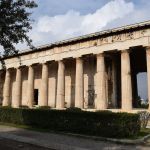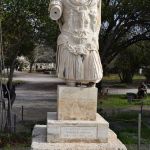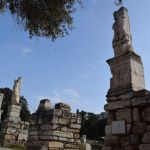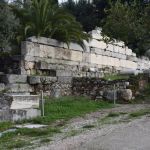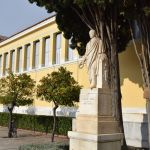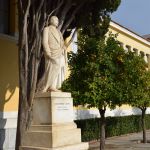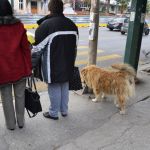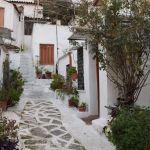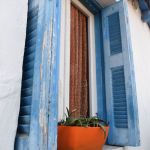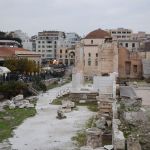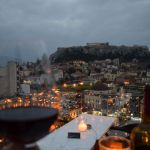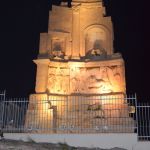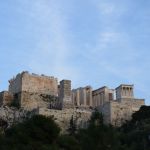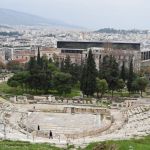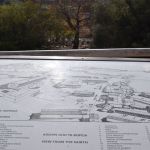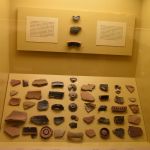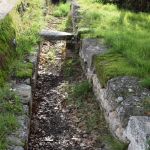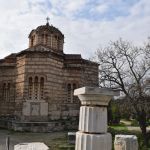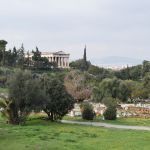Athens may just be my favorite city yet. The people are carefree, kind and always smiling. The weather is absolutely gorgeous. And the restaurants stay open late enough for my 10 pm dinners. Below are some of the reasons why Athens is a must-see city in my book …or blog.
A special thanks to Johnathan from Athens Free Tour for explaining some of the aspects of modern life in Athens and to the Rick Steves Audio Europe™ Travel App for providing more info of some of the most iconic sites in Athens.
As you get lost though, try to keep from venturing north outside the beltway as it is not the safest of areas.

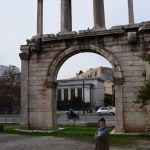
This picture is taken from the Hadrianopolis side, looking toward the old city. You can even see the Acropolis through the Arch.
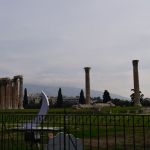
Notice the column that was pushed over by a 1852 storm. You can clearly see there how the columns used to be built with stone cylinders. When the Greeks built columns, they built them in the precise direction of the rising sun. For example, on the day of Zeus, the sun would have risen right behind the statue of Zeus that would have been in this temple.
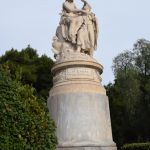
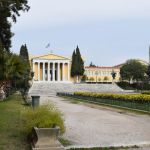
The yellow building within the National Garden was intended for the revival of the Olympic Games. Evangelis Zappas began the building in 1874 but died during its construction. His cousin Konstantinos Zappas completed the building in 1888. As a result, the building is now known as the Zappeion.
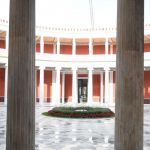
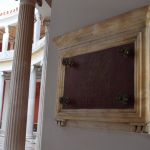
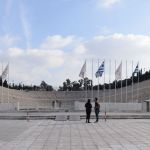
One interesting fact is that a marathon is based on the distance from this stadium to the city of Marathon. It is said that a messenger ran all the way from Marathon to announce the victory at the Battle of Marathon against the Persians.
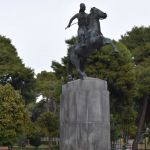
Moreover, equestrian statues carry a lot of meaning on the context being depicted. For example, if the horse's tail is down, it means that the battle was won. If the tail is up, it means that the battle was lost. Additionally, if both legs are up, the subject died in battle. If one leg is up, the subject died of battle wounds. If both legs are down, it means that the subject died of causes not related to battle. So, we know that this general won the battle but died fighting.
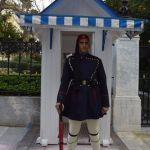
The Evzone are very iconic with their traditional uniforms. They are meant to remind the people of the Greek battle for independence. The uniforms are very similar to the ones used in the war, including the pom-poms on the shoes, used to conceal shanks. The skirts have 400 pleats, one for every year under Ottoman occupation.
The Evzone, however, were created by King George to resemble horses, essentially. The classic uniform is altered and their movements are choreographed to be reminiscent of horses. The long tassel on their hats symbolizes the horse's tail and during the changing of the guard, the choreography strongly resembles typical horse movements.
The Evzone are not allowed to move at all unless it is part of the procedure. If someone gets too close to them, the guard is allowed to tap their gun once to call over the supervising guard on duty to create some space. Moreover, even if something happens, the Evzone are not allowed to speak. They can only blink once for yes and twice for no. The Evzone are so serious about this honor of serving as a guard that several guards have fainted from heat exhaustion at their post. While we, as tourists might find them entertaining, this is a true honor to a Greek national.
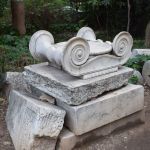
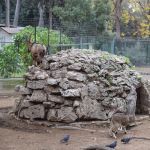

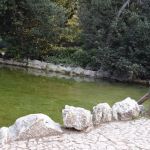
Stray dogs in Athens are considered pets of the people. While Athens doesn't have shelters for dogs or cats, they are very seriously monitored. Dogs are tagged and neutered. They are gathered once a year for checkups.
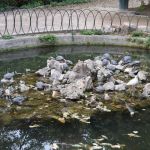
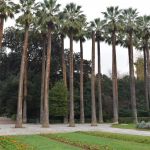
You might notice that one of the palm trees is missing a top. Well, a couple years ago, the trees caught a disease, which affected palm trees globally. Someone decided to chop off the top of one of the palm trees to see if it'll grow back. It did not. Later, officials gave the palm trees antibiotics, which left large holes on the front of the palm trees. The tour guide joked that this is typical of Greek mentality; they never think things all the way through. He related it to the fact that all Greeks go on vacation in August, which is peak season in Athens. This means that the Greeks are forgoing the most profitable month in favor of vacationing.
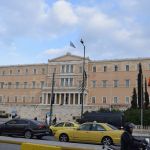
It was actually King Otto that moved Greece's capital to Athens and built many of the neoclassical buildings. He built the parliament as the presidential palace, at the time.
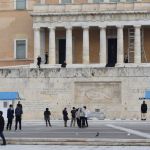
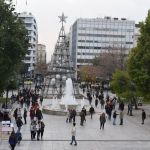
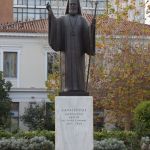
Damaskinos was one of the few leaders who supported the Jews during the Second World War. He was almost executed for his support of the Jews. For this reason, the Jews erected this statue of Damaskinos.
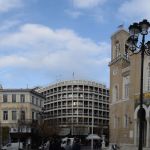
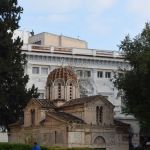
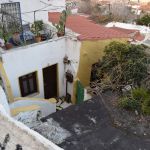
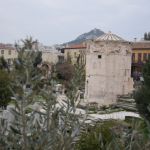
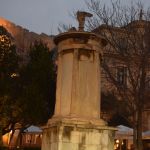
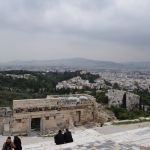
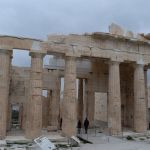
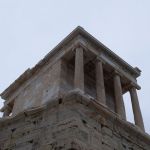
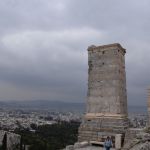
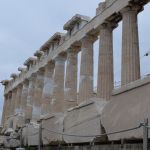
As we know, the Parthenon is not the largest ancient Greek temple. So what is it that makes it so impressive? The many optical illusions used to create a sense of balance. For one, the floor slopes upwards toward the middle. One reason may be because of practicality for when it rains but the main reason is likely because if the lines were straight, the human eye would get the impression that it's actually sagging in the middle. Another optical illusion is created by the columns. The corner columns are slightly larger in diameter than the other columns to prevent them from looking thinner if they were the same size as the others. Moreover, the columns are slightly tilted inwards to give the impression of strength. Engineers believe that it not only gave the perception of strength but that it may also be the reason why the Parthenon has withstood a number of earthquakes.
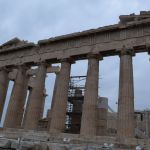
On the east and west ends, the crossbeams supported triangular pediments featured high relief sculptures depicting the birth of Athena and the battle between Athena and Poseidon for the honor of naming the city.
